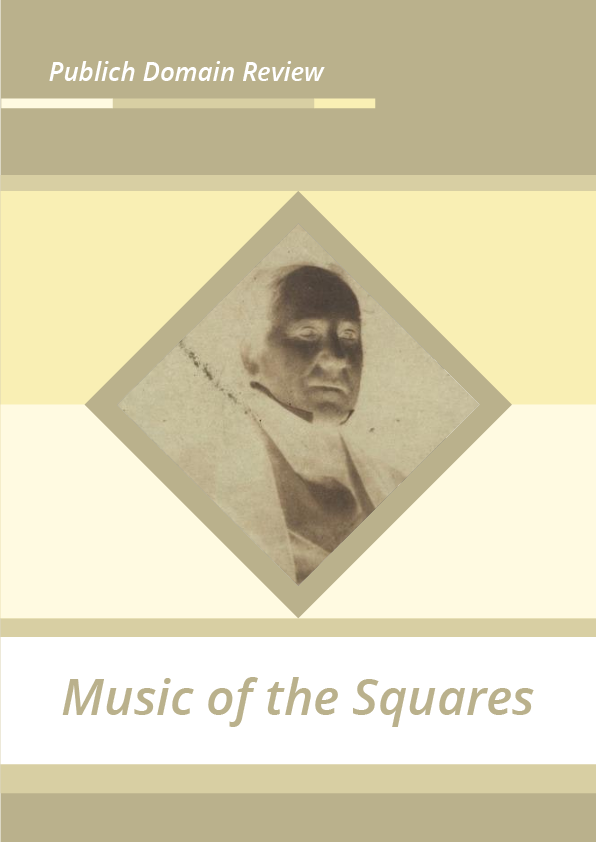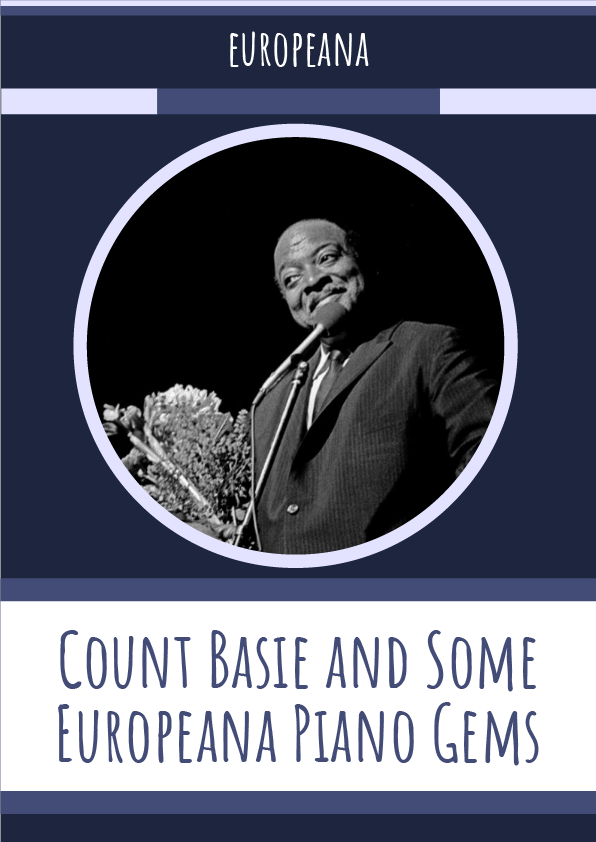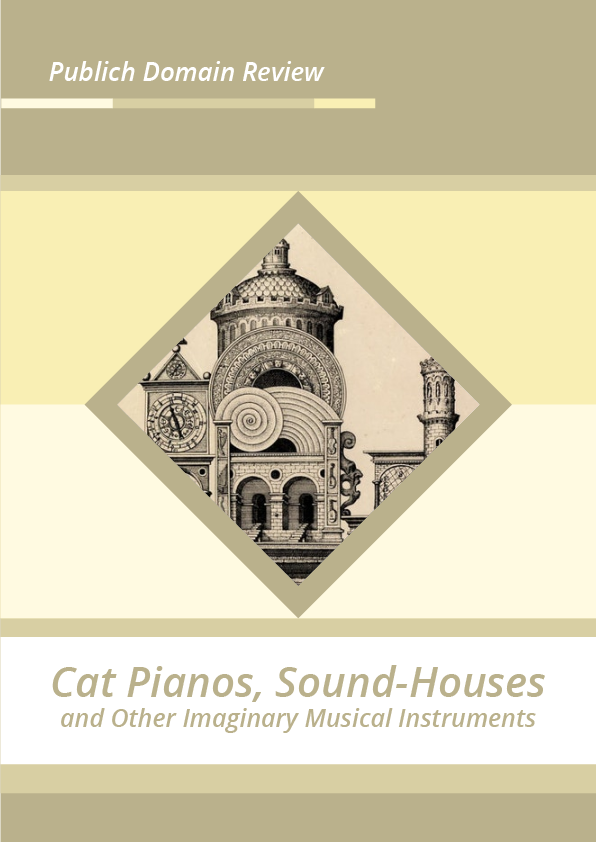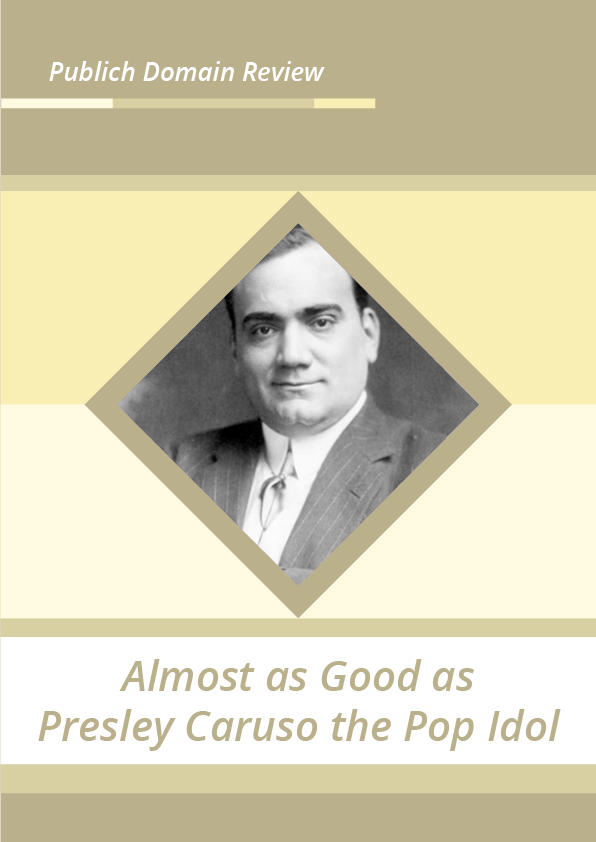David Ramsay Hay and the Reinvention of Pythagorean Aesthetics
Understanding the same laws to apply to both visual and aural beauty, David Ramsay Hay thought it possible not only to analyse such visual wonders as the Parthenon in terms of music theory, but also to identify their corresponding musical harmonies and melodies. Carmel Raz on the Scottish artist’s original, idiosyncratic, and occasionally bewildering aesthetics.
“All art constantly aspires towards the condition of music.” So wrote the Victorian art critic Walter Pater in 1888. Earlier in the century, Scottish artist David Ramsay Hay composed a series of fifteen books published between 1828 and 1856 that attempted to develop a theory of visual beauty from the basic elements of music theory. Anticipating Pater but also fin-de-siècle attempts to unite the arts via spiritual or synesthetic affinities, Hay’s writings mapped colors, shapes, and angles onto familiar musical constructs such as pitches, scales, and chords. While these ideas might appear highly eccentric today, an understanding of them offers a glimpse of the remarkable importance of music to the Victorian Zeitgeist.
In spite of the unabashedly speculative nature of his theories, Hay’s claim to have understood the psychology of beauty profoundly shaped mid-nineteenth-century notions of aesthetics, an influence amplified through his professional activities as a fellow of the Royal Society of Edinburgh and as the official interior designer to Queen Victoria. His books were reissued in multiple editions and translated into both German and French, and they gained traction with leading scientists of the time, including Adolf Zeising, John Addington Symonds, and Thomas Laycock. And yet, his ideas remained complex and idiosyncratic.
Hay’s approach to visual aesthetics was equally applicable to architecture, color theory, the ornamental arts, and the human face and figure. It can be understood as a psychological account of beauty, as opposed to other contemporary theories that anchored beauty in notions of the picturesque, the mimetic, or the sublime. Though analogies between music and the fine arts certainly do not originate with Hay, his application of music theory to an extensive array of visual experiences including color, shapes, figures, and architecture broke new ground. Rather than locating musical properties in the objects themselves, as earlier thinkers ranging from Plato to Newton had done, Hay worked in the post-Kantian tradition, regarding these features as immanent to our own minds, where they create our experience of beauty by determining the very structure of our perceptions.
Hay defined his project as the development of a science of aesthetics based upon what he called the “great harmonic law of nature which pervades and governs the universe”. He wrote that
there appears to be implanted in the human mind a governing principle of harmony of a mathematical nature, responsive to impressions made upon the organs of sense by certain combinations, motions, and affinities in the elements of matter.
The fact that we derive pleasure from hearing certain concordant intervals, that derive from what is known as the overtone series, for Hay demonstrates that nature and humanity are governed by the same principles. He takes this further: the physiological affinity between seeing and hearing means that these laws extend not only into music but into the visual world too.4 After all, he observes, “the eye and the ear are various in their modes of receiving impressions; yet the sensorium is but one, and the mind by which these impressions are perceived and appreciated is also characterised by unity.”5 Since both sight and hearing are processed by the mind, they should be governed by similar principles.











